Publications
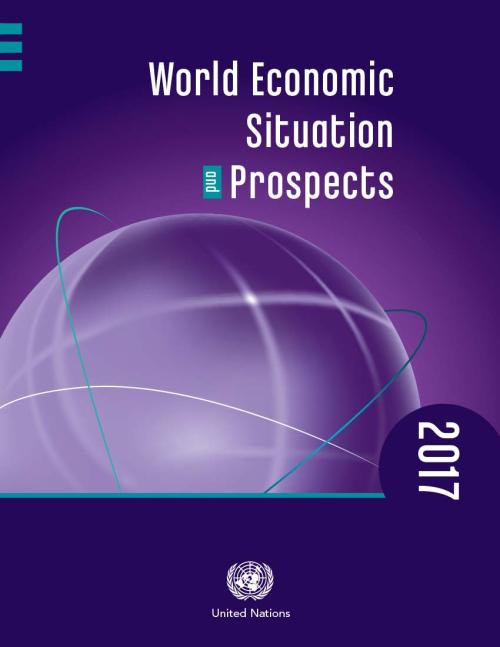
Growth in the global economy has picked up in the last six months in line with expectations, but in many regions, growth remains below the levels needed for rapid progress towards achieving the Sustainable Development Goals, according to the United Nations World Economic Situation and Prospects as of mid-2017 report.
The report identifies a tentative recovery in world industrial production, along with reviving global trade, driven primarily by rising import demand from East Asia. World gross product is expected to expand by 2.7 per cent in 2017 and 2.9 per cent in 2018, unchanged from UN forecasts released in January this year. This marks a notable acceleration compared to just 2.…

In Africa, as in other regions, persons with disabilities are disproportionately likely to live in poverty and, too often, lack access to education, health care, employment opportunities, housing, social protection systems, justice, cultural expression and participation in political life. The ability of persons with disabilities to participate in society is often frustrated because physical environments, transportation and information and communications systems are not accessible.
In this context, a Toolkit on Disability for Africa has been developed by the United Nations Department of Economic and Social Affairs (UNDESA), Division for Social Policy and Development (DSPD). It is…
Although a modest global recovery is projected for 2017-18, the world economy has not yet emerged from the period of slow growth, characterised by weak investment, dwindling trade and flagging productivity growth, according to the United Nations World Economic Situation and Prospects (WESP) 2017 report.
The report states that the world economy expanded by just 2.2 per cent in 2016, the slowest rate of growth since the Great Recession of 2009. World gross product is projected to grow by 2.7 per cent in 2017 and 2.9 per cent in 2018, a slight downward revision from the forecasts made last May.
Launching the report at the UN Headquarters in New York, Mr. Lenni Montiel,…

Economic activity in the world economy remains lacklustre, with little prospect for a turnaround in 2016, says UN DESA’s World Economic Situation and Prospects as of mid-2016 report, launched today. According to the report, world gross product will grow by just 2.4 per cent in 2016, the same pace as in 2015, marking a downward revision of 0.5 percentage points from UN forecasts released in December 2015.
Persistent weakness in aggregate demand in developed economies remains a drag on global growth, while low commodity prices, mounting fiscal and current account imbalances and policy tightening have further dampened prospects for many commodity-exporting economies in Africa, the…
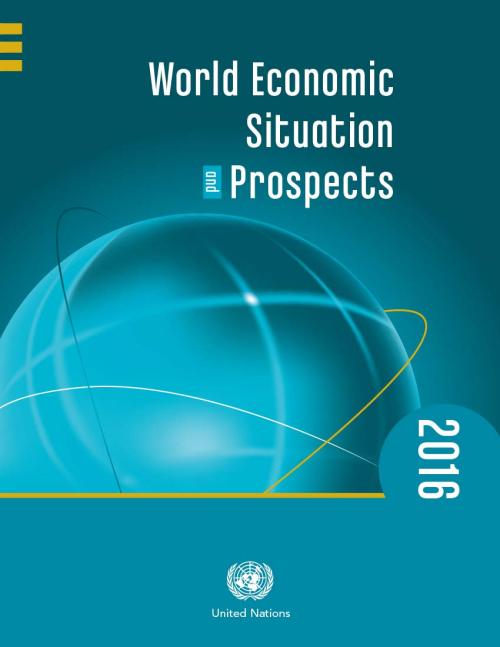
The world economy stumbled in 2015 and only a modest improvement is projected for 2016/17 as a number of cyclical and structural headwinds persist, says the United Nations World Economic Situation and Prospects (WESP) 2016 report.
Global growth is estimated at a mere 2.4 per cent in 2015, marking a downward revision by 0.4 percentage points from the UN forecasts presented six months ago. Amid lower commodity prices, large capital outflows and increased financial market volatility, growth in developing and transition economies has slowed to its weakest pace since the global financial crisis of 2008/2009.
Given the much anticipated slowdown in China and persistently weak…
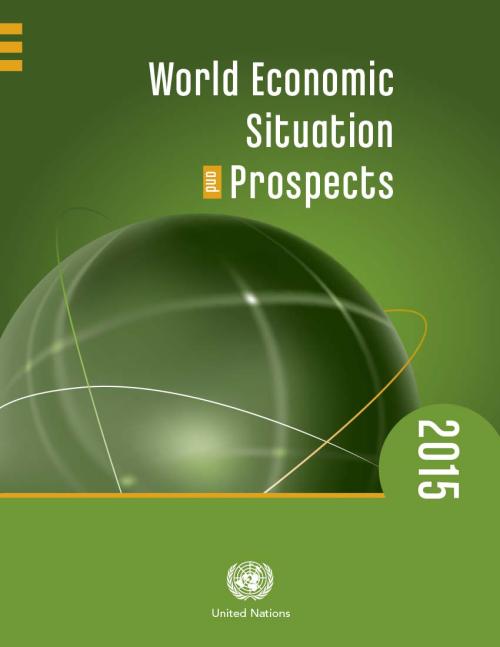
The world economy continues to grow at a modest pace, with a gradual improvement projected for the second half of 2015 and 2016, according to the World Economic Situation and Prospects (WESP) as of mid-2015 report.
Growth of world gross product is projected to improve slightly from 2.6 per cent in 2014 to 2.8 per cent in 2015—a downward revision by 0.3 percentage points from the forecast presented in the WESP 2015 in January.
The downward revision reflects mainly deterioration in the prospects of the economies in transition and several large developing countries, especially in South America. In 2016, global growth is forecast to improve to 3.1 per cent, which is still well…
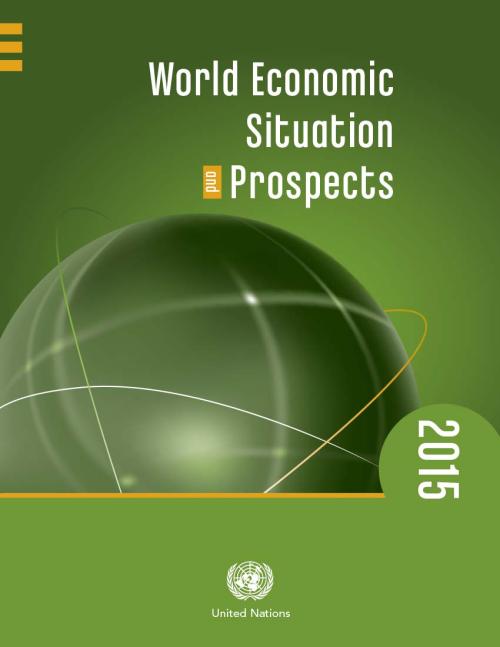
Global economic growth is forecast to increase marginally over the next two years, according to the United Nations World Economic Situation and Prospects 2015 (WESP) report.The global economy is expected to grow 3.1 per cent in 2015 and 3.3 per cent in 2016, compared with an estimated growth of 2.6 per cent for 2014.
The global economy expanded during 2014 at a moderate and uneven pace. Legacies from the global financial crisis continue to weigh on growth, while new challenges have emerged, including geopolitical conflicts such as in Ukraine and the Ebola epidemic.
Unemployment figures remain historically high in some regions, but appear to have stopped rising. While…
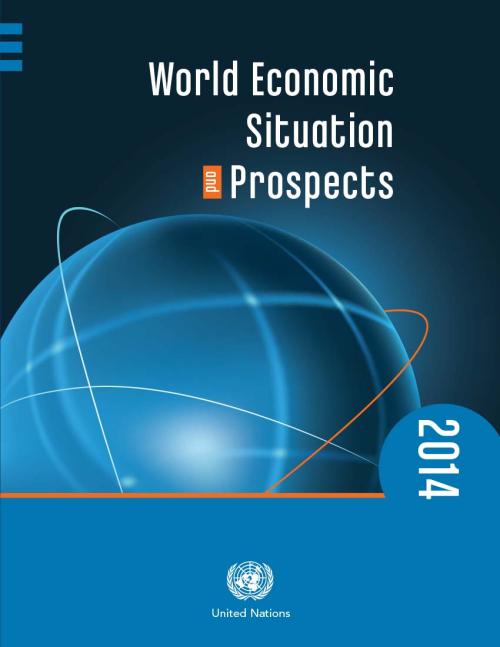
The global economy is expected to strengthen over the next two years, despite a downgrade of growth prospects for some developing economies and economies in transition, according to the UN World Economic Situation and Prospects (WESP) 2014 mid-year update. Global growth has been revised slightly lower from the forecasts presented in the WESP 2014. Growth of world gross product (WGP) is now projected at 2.8 per cent in 2014 and 3.2 per cent in 2015, up from 2.2 per cent in 2013. However, this pace of expansion is still low compared to the growth path before the 2008 global financial crisis.
“More than five years after the financial crisis, the world continues to struggle with…
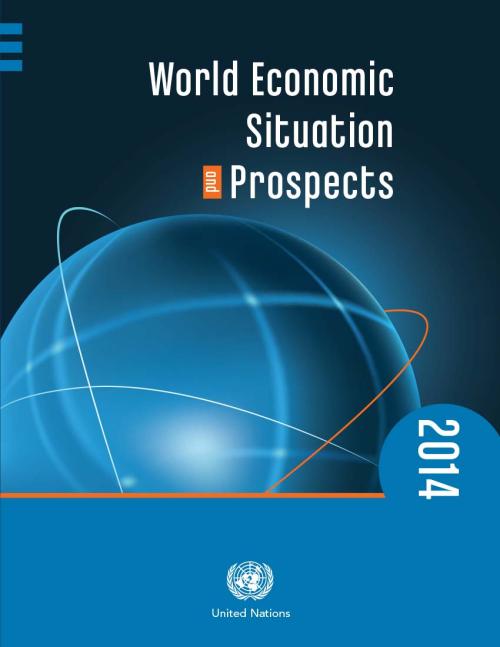
Global economic growth should increase over the next two years with continuing signs of improvement, according to the United Nations World Economic Situation and Prospects 2014 (WESP) report. The global economy is expected to grow at a pace of 3.0 per cent in 2014 and 3.3 per cent in 2015, compared with an estimated growth of 2.1 per cent for 2013.
The world economy experienced subdued growth for a second year in 2013, but some improvements in the last quarter have led to the UN’s more positive forecast. The euro area has finally ended a protracted recession. Growth in the United States strengthened somewhat. A few large emerging economies, including China and India,…
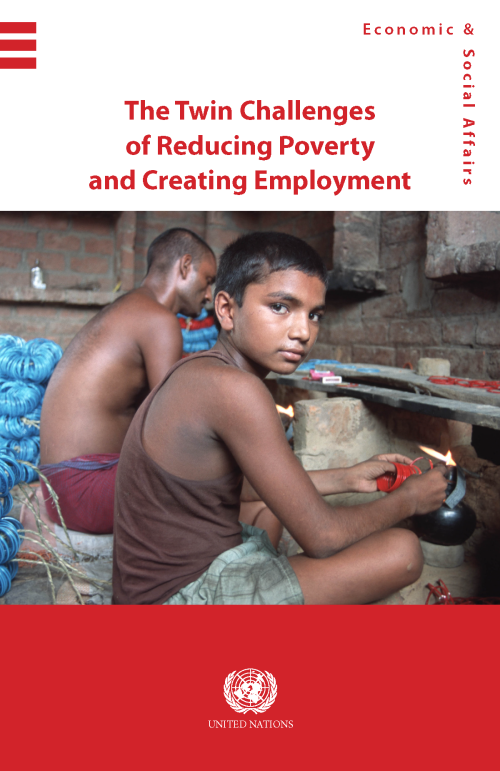
This E-publication is based on papers presented at two Expert Group Meetings (jointly organized by DSPD and the ILO) that brought together specialists to undertake a review of progress in eradicating poverty and to analyse policy responses to the global jobs crisis in different countries and regions of the world. It calls for a reorientation of macroeconomic policies from the current heavy emphasis on short-term stability to the promotion of sustained, inclusive and equitable growth. It stresses the need for the integration of social and economic policies to enable the attainment of people-centred development outcomes.
The experience from the Millennium Development Goals has shown that well-defined, objectively measurable indicators can help to maintain focus on internationally agreed development goals and targets, while keeping the world informed of achievements, problem areas and emerging issues.
Looking ahead to the post-2015 development agenda, it will be important to develop a robust monitoring system that draws on traditional data collection methods and innovations in statistics and data collection to develop a monitoring framework that can measure progress on the various thematic areas.
While it is still too early to define a set of indicators and targets for the development…
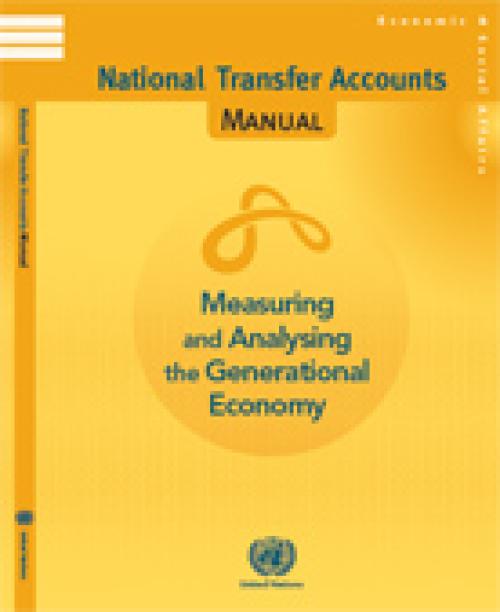
The publication provides a coherent accounting framework of economic flows from one age group or generation to another, typically for a national population in a given calendar year. This manual presents the concepts, methods and estimation procedures to measure these flows over the life-cycle. The NTA estimates are useful to understand and analyse the implications of changing age structures for the fiscal sustainability of social programs, the accumulation of physical and human capital, economic growth, and familial support for children, youth and older persons.
National Transfer Accounts are consistent with the System of National Accounts (SNA), and provide measures by single…
 Welcome to the United Nations
Welcome to the United Nations